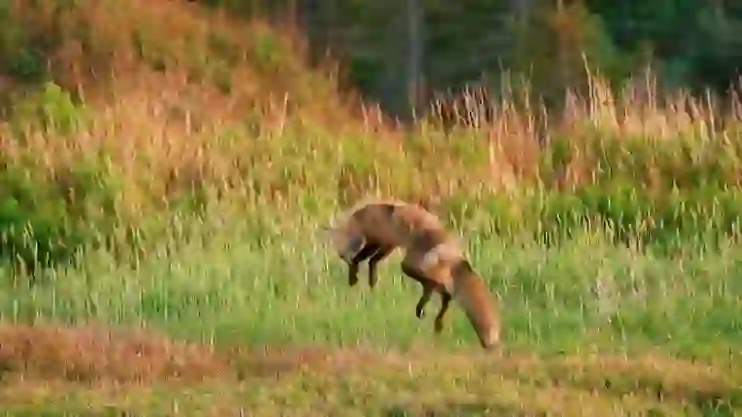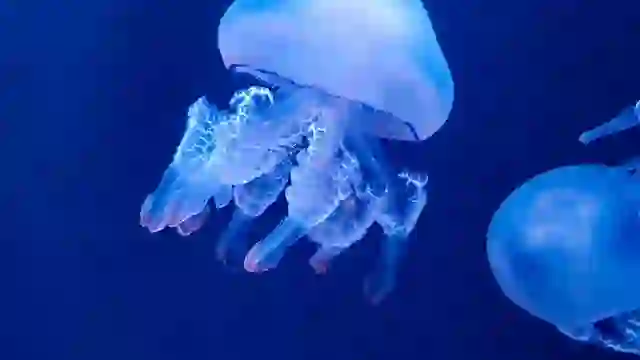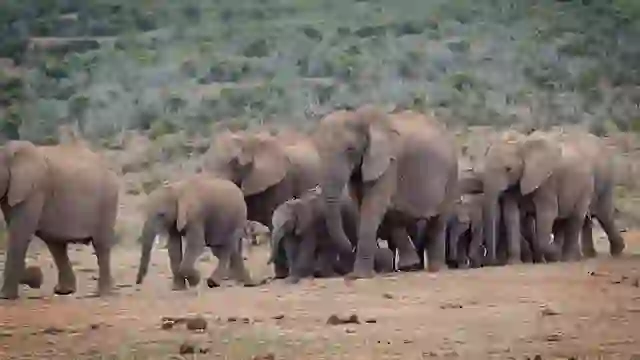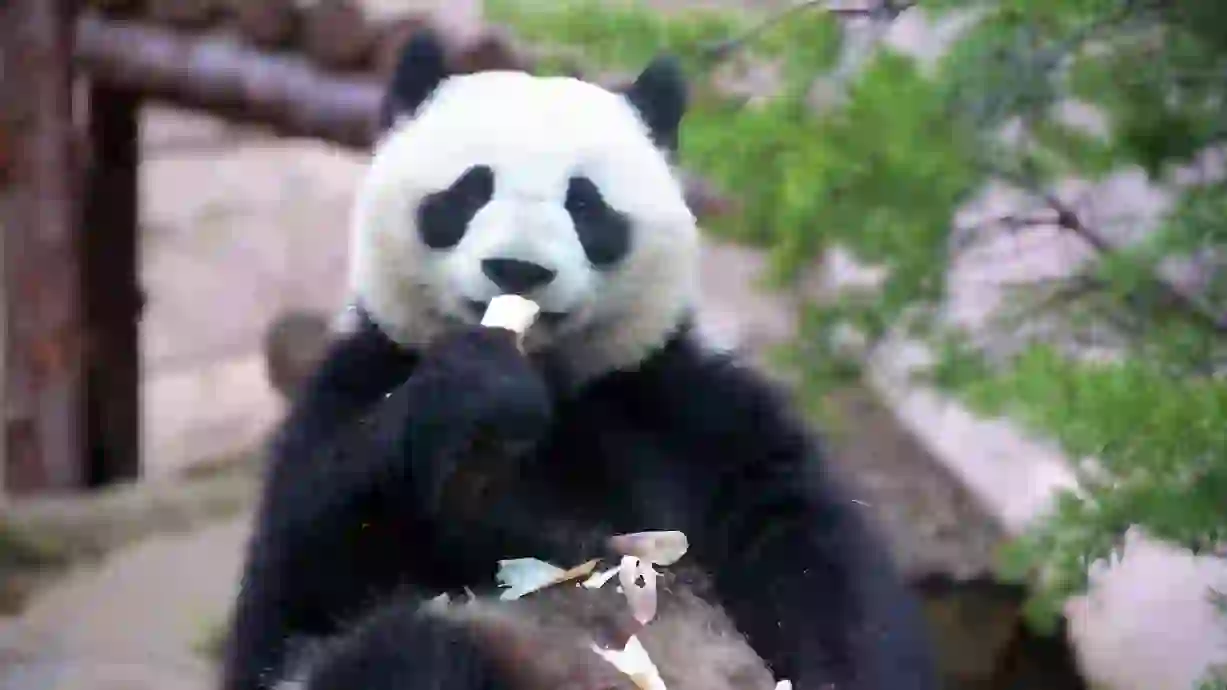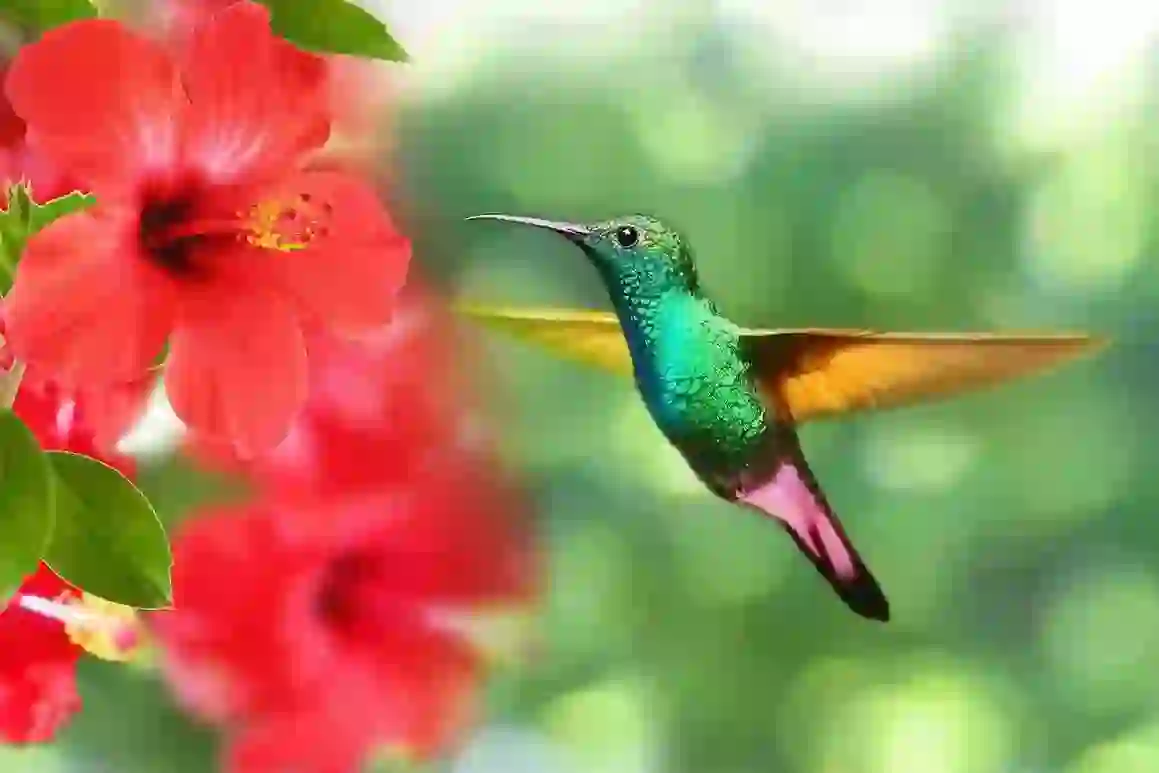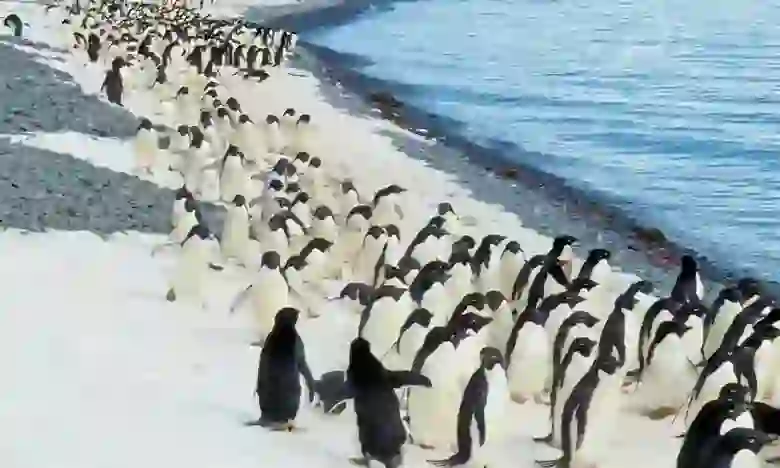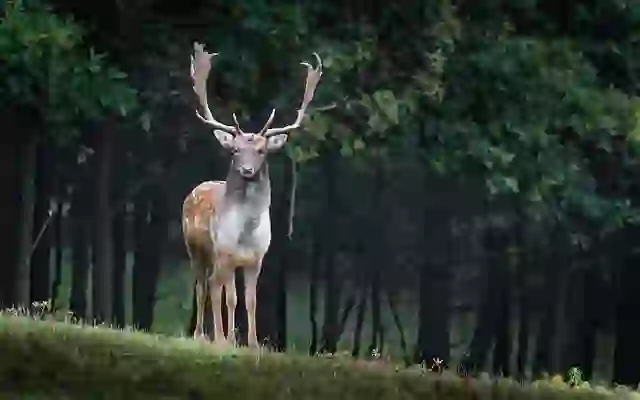
Tasmanian Pademelon
Tasmanian Pademelon
Tasmanian Pademelon
In the forests of Tasmania, the Tasmanian pademelon lives a quiet life. These wallabies are known for their stocky build and short tail. Let's take a closer look at the ecology of the Tasmanian pademelon and the lush natural environment they inhabit.
Tasmanian Pademelon Basic Infomation
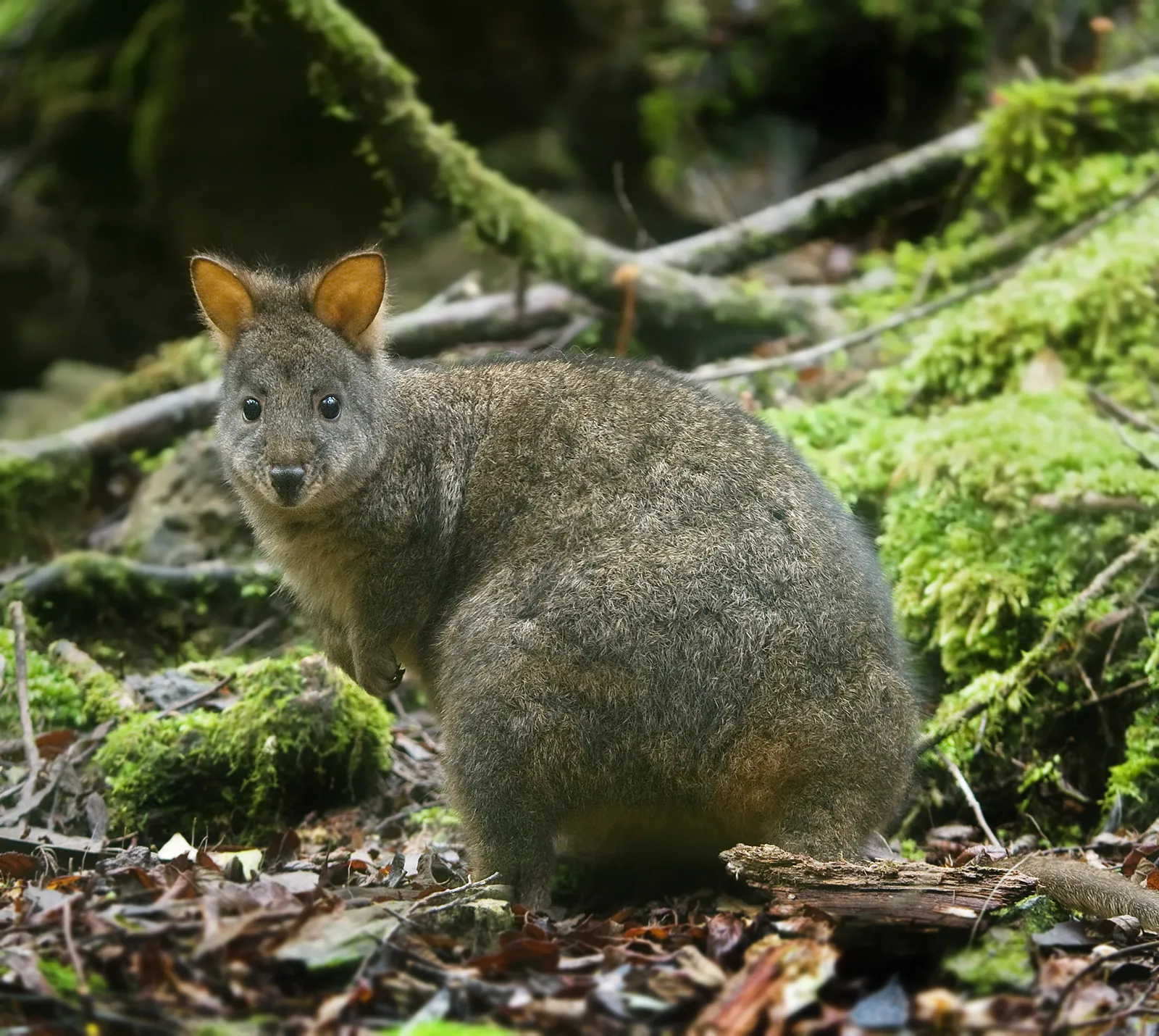
| Property | Value |
|---|---|
| Scientific Name | Thylogale billardierii |
| Taxonomic Status | ACCEPTED |
| Rank | SPECIES |
| Vernacular Names | Tasmanian Pademelon |
| Kingdom | Animalia |
| Phylum | Chordata |
| Class | Mammalia |
| Order | Diprotodontia |
| Family | Macropodidae |
| Genus | Thylogale |
| Habitats | Australia |
| Conservation Status | Least Concern (LC) |
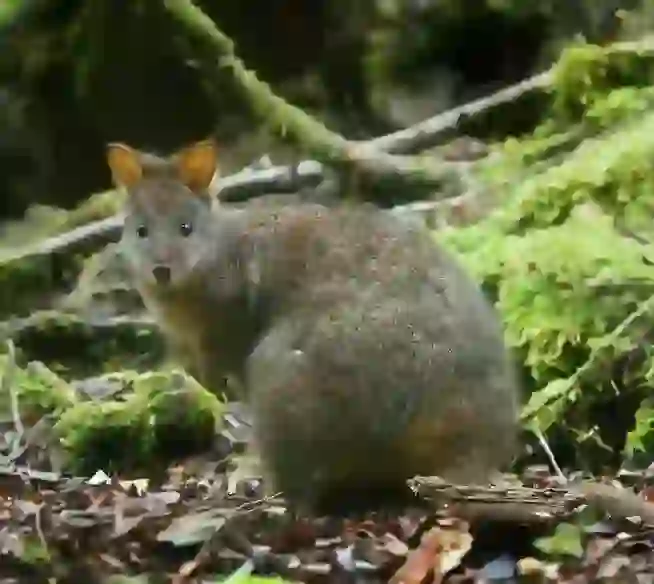
Size
They measure about 23.6 to 35.4 inches (60 to 90 centimeters) in length, with tails measuring about 12 to 18 inches (30 to 45 centimeters). They weigh about 15 to 26 pounds (7 to 12 kilograms), and males are larger than females.
_Esk_Valley_2.webp?alt=media)
Lifespan
They have a lifespan of about 6 to 8 years in the wild.
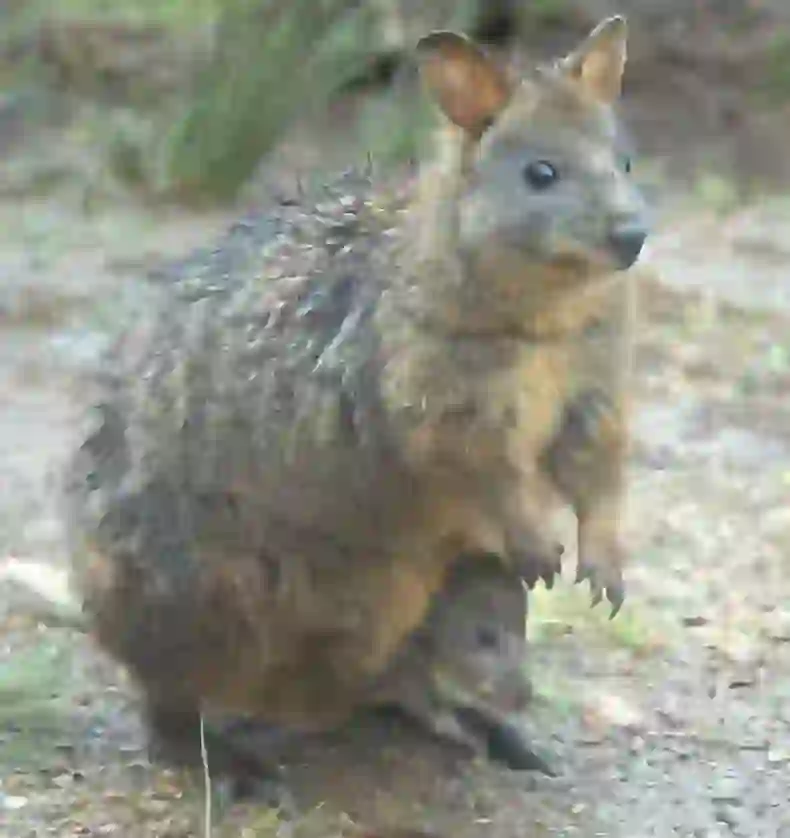
Distribution
They are found in Tasmania and on King Island in the Bass Strait, Australia. They inhabit wet forests and grasslands.
Tasmanian Pademelon Q&A

What kind of wallaby is the Tasmanian pademelon?
The Tasmanian pademelon is a species of pademelon belonging to the genus Thylogale.
They are characterized by their stocky build and short tail. In English, they are called 'Tasmanian pademelons.' They are endemic to Tasmania and the nearby King Island. They have brown fur, a reddish belly, and a short face. They are nocturnal, meaning they are active at night, spending their days resting in bushes and tree hollows. They are often solitary, but can sometimes form small groups of a few to a dozen individuals. They are herbivores and primarily eat grasses and leaves.
_Esk_Valley_2.webp?alt=media)
What do Tasmanian pademelons eat?
Tasmanian pademelons are herbivores and primarily eat grasses, leaves, and fruits.
They are active in the mornings and evenings, foraging for food. They have a keen sense of smell, allowing them to find fallen fruit and seeds on the ground. They prefer to eat soft grasses and leaves. They also need to drink water and will travel to rivers or lakes to quench their thirst.

[Quiz!] Why are Tasmanian pademelons only found on Tasmania?
Tasmanian pademelons were once found on mainland Australia, but they disappeared after European settlers arrived.
This is thought to be due to predation by introduced species like foxes and cats that were brought to the mainland by the Europeans. However, Tasmanian pademelons survived on Tasmania and King Island, as foxes and cats were not present there. Therefore, they are now found only on these islands, thriving in the natural environment of Tasmania.

[Quiz!] Are Tasmanian pademelons endangered?
The Tasmanian pademelon is listed as 'Least Concern' (LC) on the IUCN (International Union for Conservation of Nature) Red List.
This means that they are not currently endangered. However, their numbers may be declining in some areas due to habitat loss from development, road accidents, and predation by dogs. To protect Tasmanian pademelons, it is crucial to conserve their forest habitat and promote coexistence with humans.

Would you like to become a part of the 'Animalbook.jp'?
Turn your knowledge into Q&A and share it with the world. ※Publication will be activated after purchase. Let's share information together!
Tasmanian Pademelon Type of List

Characteristics of Tasmanian Pademelons
- Belong to the genus Thylogale
- Stocky build
- Short tail
- Brown fur
- Reddish belly
- Short face
- About 23.6 to 35.4 inches (60 to 90 centimeters) long
- Tail about 12 to 18 inches (30 to 45 centimeters) long
- Weigh about 15 to 26 pounds (7 to 12 kilograms)
- Found in Tasmania and on King Island in the Bass Strait
- Inhabit wet forests and grasslands
- Nocturnal
- Often solitary, but sometimes form small groups
- Herbivores, primarily eating grasses and leaves
- Least Concern (LC)
Information
Congratulations! You are the first commenter!

Create Your Favorite List!
Tasmanian Pademelon
Save the animals you love! Build your own list to quickly revisit your favorites later.

Would you like to leave a comment?
※Please note: This is for the purchase of rights to post comments within the article.
Find Your Favorites!
Our shop offers a unique and attractive selection of goods themed around various animals.
Tasmanian Pademelon References
Tasmanian Pademelon Introduction of media used

JJ Harrison(https://www.jjharrison.com.au/), CC BY-SA 3.0, via Wikimedia Commons
_Esk_Valley_2.webp?alt=media)
Charles J. Sharp, CC BY-SA 4.0, via Wikimedia Commons

PanBK at the English-language Wikipedia, CC BY-SA 3.0, via Wikimedia Commons

Help Enrich Our Animalbook.jp with Your Media!
We are constantly looking to expand and enrich our Animalbook.jp with amazing photos and videos of animals. If you have any media that you'd like to share, please contribute and help us showcase the beauty and diversity of the animal kingdom. Your submissions will be credited and featured in our encyclopedia, reaching a wide audience of animal lovers.



